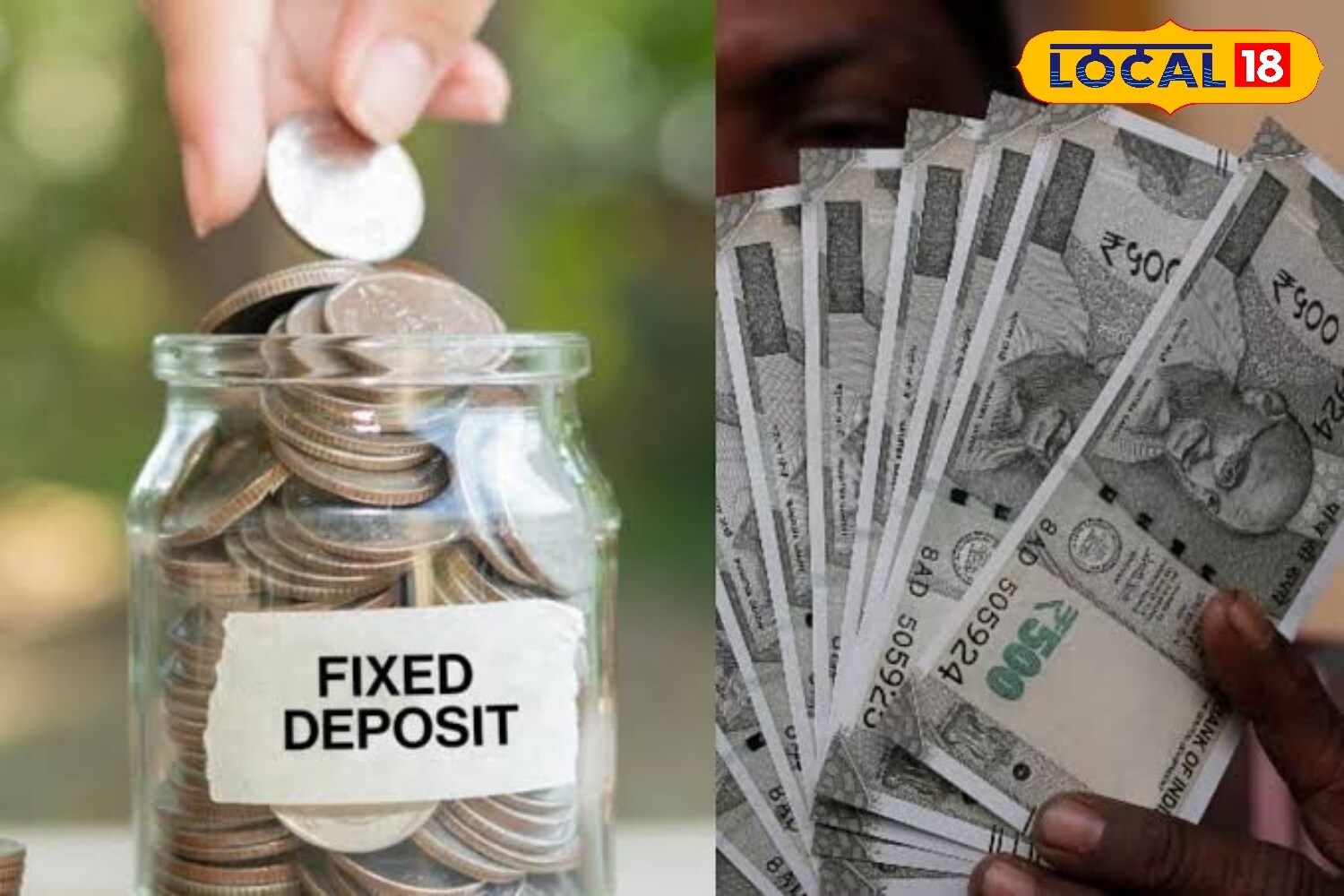With fixed deposit (FD) interest rates on the decline following the Reserve Bank of India’s (RBI) recent cut to the repo rate, investors are beginning to turn their attention towards more rewarding alternatives. While FDs remain a preferred choice for conservative investors due to their safety and assured returns, they often fail to keep pace with inflation, diminishing real value over time.

In response to the changing interest rate environment, several banks have revised their FD rates downwards. As a result, individuals seeking better returns are now exploring other low-risk investment options that offer higher income potential.

Post Office Savings Schemes: Government-backed schemes such as the National Savings Certificate (NSC) and the Public Provident Fund (PPF) are increasingly popular with risk-averse investors. These options offer guaranteed returns and are eligible for tax deductions under Section 80C of the Income Tax Act. Additionally, the power of compounding significantly enhances the maturity value, making them attractive for long-term savings.

Government and RBI Bonds: For those looking for higher interest than FDs, bonds issued by the Government of India and the Reserve Bank are a viable option. These bonds come with a sovereign guarantee, providing safety of capital while offering competitive interest rates for a fixed term.

Gold and Gold-Backed Investments: Gold remains a time-tested hedge against inflation. Investors may choose from physical gold, gold ETFs, or Sovereign Gold Bonds (SGBs). SGBs, in particular, offer annual interest along with the potential for capital appreciation, and can be easily traded in the secondary market. Gold’s enduring value makes it a compelling addition to any diversified portfolio.

What Should Investors Do? As interest rates continue to fluctuate, experts advise evaluating one’s financial goals, investment horizon, and risk appetite before shifting from FDs to other options. While alternatives such as NSC, PPF, bonds, and gold offer better returns, each comes with its own set of considerations regarding liquidity, taxation, and lock-in periods.






